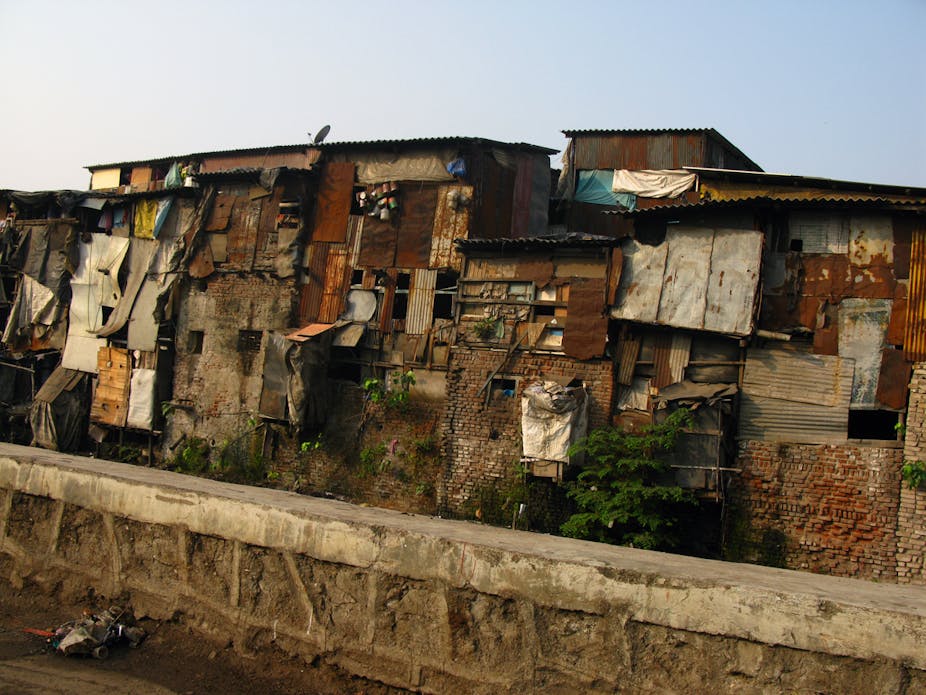A somewhat diverting paper on obesity came out earlier this week. It’s based on a cute idea – looking at what overweight people do to global resource requirements instead of the more traditional approach of what the sheer weight of number of people does.
It estimates that humans total approximately 287 million tonnes of biomass, of which 15 million tonnes are from people being overweight. This is the equivalent of 242 million additional people of normal or average weight. It then estimated that if all countries had weight distributions that mirrored America’s, the calorie requirements to maintain the excess pounds would be enough to feed an additional 400 million people on the planet.
There are various issues with the analysis, including the fact that the only resource it analyses is food, when we know that other issues are involved, such as the water required for food production (and water is becoming evermore scarce). There are also other energy requirements – the fuel for transporting greater masses, or producing more cloth for clothing, among other things.
Nonetheless, we found this an interesting paper to reflect on – particularly thinking about it in terms of the global distribution of excess weight and other health inequities.
We know inequity is bad for health – both for the health of individuals and the health of societies. The disempowered – socially, economically, professionally, personally – are sicker and die younger. What’s more, inequitable societies have worse health outcomes, as shown in Wilkinson and Pickett’s 2009 book, The Spirit Level.

Unequal income distribution in a society correlates with worse health-related outcomes such as life expectancy, infant mortality, obesity, and mental illness – as well as with worse social outcomes such as homicides, imprisonment, literacy, and trust.
This raises a very important point to note about the human biomass study. People often assume that obesity reflects wealth. This is not the case. In fact, within a country, the wealthy are typically less likely to be overweight than other poorer segments of the population.To put that in context, in 2010 there were over 40 million children under five years of age who were overweight, and 35 million of them lived in low- and middle-income countries.
Being poor and malnourished as a foetus and young child predisposes you to obesity (and diabetes and heart disease) in later life. The proximity of under- and over- nutrition means that in many middle-income countries or so-called emerging markets, around one in ten households will have both members who are undernourished and members who are overnourished.
Another point to keep in mind about the human biomass study is that uses data from 2005 – today’s numbers are worse. That means we are not doing nearly enough to curb the global epidemic of obesity and the chronic diseases that accompany it.
Although many cost-effective and even cost-saving interventions exist, governments get tied up by conflicts of interest among public and private food, beverage and alcohol producers. As a result, they tend to stick with relatively ineffectual interventions, such as self-regulation for marketing junk food for children.
A ray of hope is offered by some bright experiments, such as the efforts of Mayor Michael Bloomberg in New York City to ban larger sizes of sugary drinks.
The biomass study and the inequities it raises also reminded us of a great table by our colleague at the Nossal Institute, Dr Peter Annear. It’s also based on World Health Organisation (WHO) data looking at health and inequity, as shown below.
In essence, the table groups the richest people and the poorest people across countries and everyone in between. It highlights the groups’ access to health care and national wealth, as well as their burden of sickness and premature death.

What you can see is that the poorest people (the lowest income quintile) have the largest burden of disease (33%) and command the smallest percentage of health expenditure (2%). The richest 20% of the population, on the other hand, has the smallest burden of disease (4%) and dominates health expenditure with a whopping 79%.
This is also known as the inverse care law – that is, those who need most care get the least, and vice versa.
But why do we think this is relevant? Is it because it shows how under investing in the health of the most vulnerable translates to worse health outcomes? And why does this matter, anyway, particularly if you’re on top.
The answer to these questions links to the Wilkinson and Pickett thesis and the fact that ill health creates a drag on the economy as a whole.
In other words, we are not only failing the marginalized and vulnerable when we fail to redress inequities, we are hurting ourselves. This is as true for obesity as mental health or vaccine preventable diseases.
So isn’t it time to do more – if only in enlightened self-interest?
Acknowledgements: Special thanks to Peter Annear

